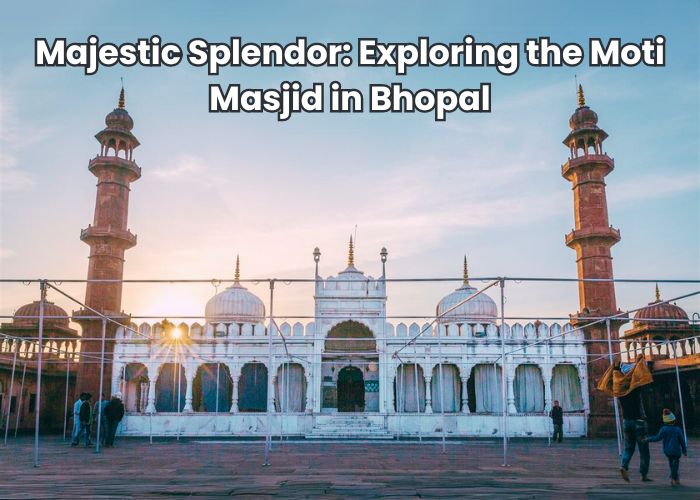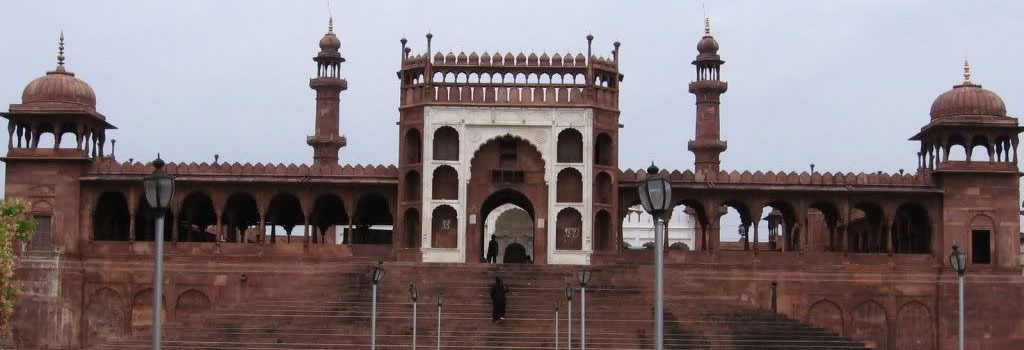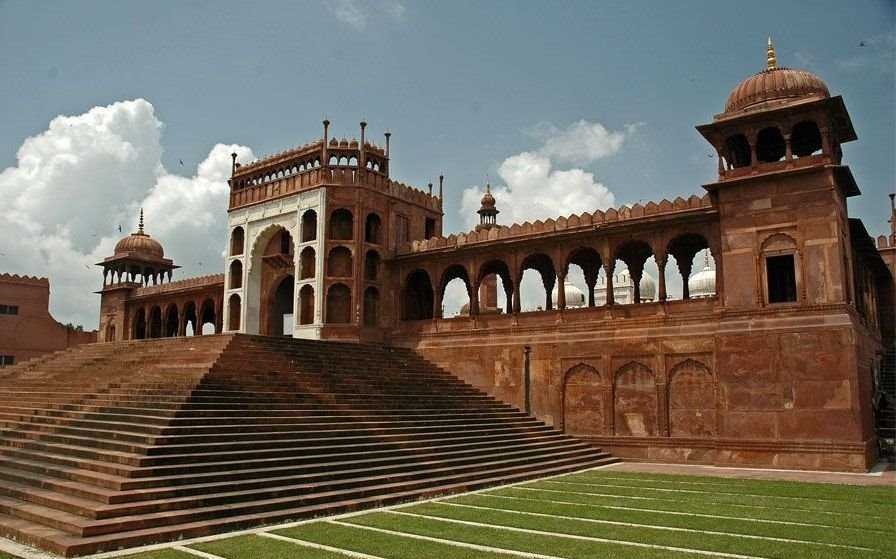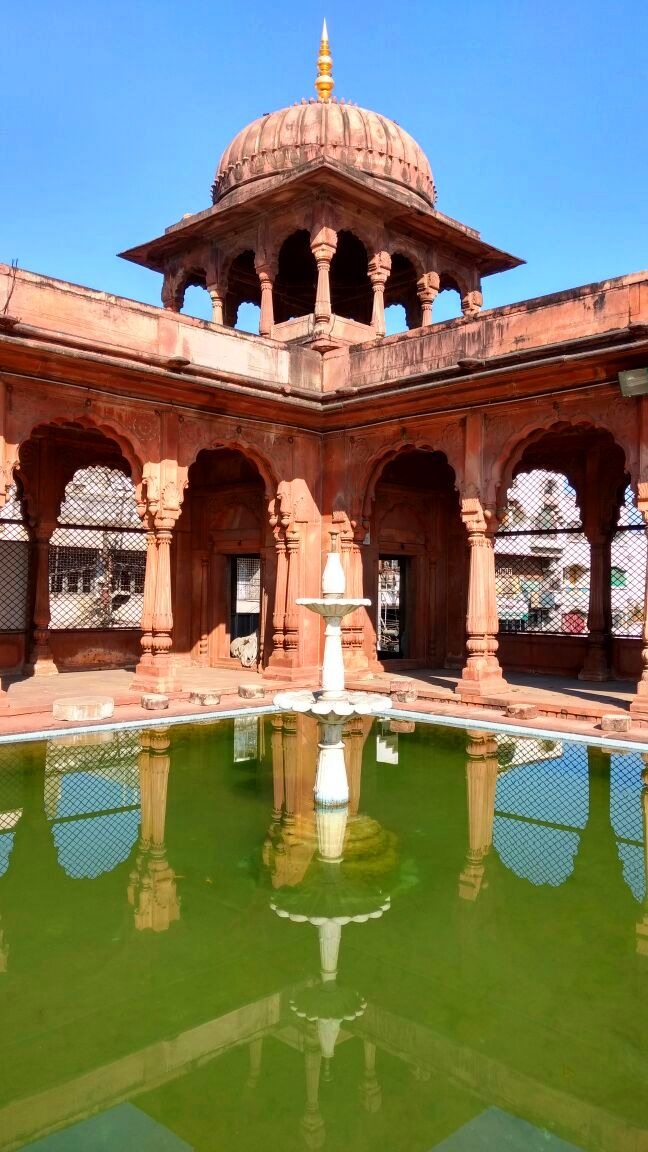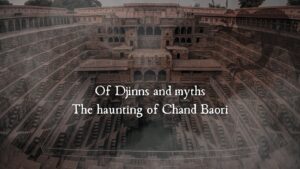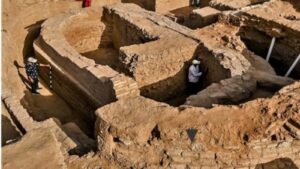– An article written by Shivani Gadre
Moti Masjid, situated in Bhopal, Madhya Pradesh, is among the many mosques that adorn the city. Despite its smaller size compared to the grand historical monuments that grace the ‘city of mosques,’ Moti Masjid holds equal significance. Commonly referred to as the Pearl Mosque, it is centrally located and mirrors the rich history of the Bhopal Begums in India.
Moti Masjid’s convenient accessibility via both local and private transportation has made it a favored destination for tourists. The mosque is most enchanting during the early morning hours when fewer visitors are present, providing an atmosphere of tranquility for prayer. A typical visit to Moti Masjid lasts about an hour.
History and architecture:
Constructed in 1860 by Sikander Jehan Begum, the daughter of Qudusiya Begum, this iconic landmark stands as a testament to the progressive values set by Sikander Begum, who, as an unconventional figure, abolished slavery in the city.
The mosque’s history is intertwined with the progressive actions and ideals of its founder, Sikander Begum, renowned globally for her liberal mindset. Sikander Begum sparked a transformation in the region, spearheading architectural advancements. Under her guidance, Bhopal witnessed the construction of roads, buildings, and monuments, with Moti Masjid standing out prominently.
Sikander Begum is celebrated not only for her architectural contributions but also for her fearless spirit. Known for her courage, she would often disguise herself as a man and ride unveiled, paving the way for progressive women in Bhopal. The Moti Masjid stands as a testament to this audacious, liberated, and forward-thinking woman.
The architecture of Moti Masjid in Bhopal bears a remarkable resemblance to Delhi’s Jama Masjid, albeit on a smaller scale. Adorned with a white marble facade, it boasts two small cupolas atop its structure, complemented by two captivating dark red towers on either side.
Its white marble facade, adorned with two small cupolas, emanates an air of elegance. Flanking the main structure are two dark red towers, crowned with resplendent golden spikes, widely recognized as the celestial gateway, calling the devout followers of Islam to prayer.
Constructed between 1854 and 1860, the mosque reflects the architectural traditions of its time, predominantly Islamic in style. The meticulous use of sandstone is evident in the three ornate gates, verandas, canopies, the courtyard’s flooring, and the graceful tapering minarets. The main hall, crafted from white marble, boasts an intricately adorned archway.
Noteworthy features include two ablution tanks flanking the eastern gate, complete with marble fountains. These tanks serve the sacred purpose of ablution, a ceremonial washing practiced in Muslim tradition. The centrally positioned prayer hall, resembling a precious pearl, captivates with its marvel. Elevated on a raised platform, the main prayer hall adds to the overall aesthetic appeal. In essence, the Moti Masjid seamlessly integrates superb architectural techniques with exquisite decorative elements, creating a harmonious and awe-inspiring structure.
The Moti Masjid, a testament to Bhopal’s rich history, stands proudly, embodying grandeur and magnificence. Ensure proper coverage of your heads and body parts as you enter the mosque, adhering to religious guidelines. It is essential to follow the prayer rituals during your visit.
As a renowned tourist destination, the Moti Masjid is conveniently accessible through various modes of transportation. Once in the city, you can utilize local transport such as buses or autos, or opt for private vehicles to reach the mosque. Public transport services are also available from Bhopal Railway Station on Hamidia Road.

